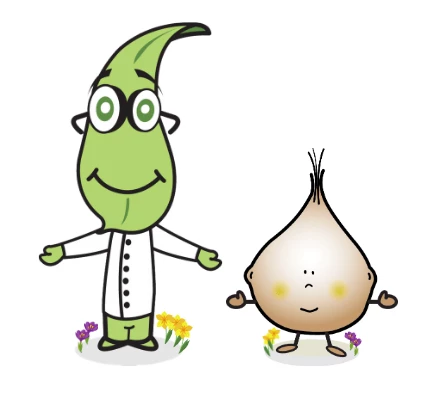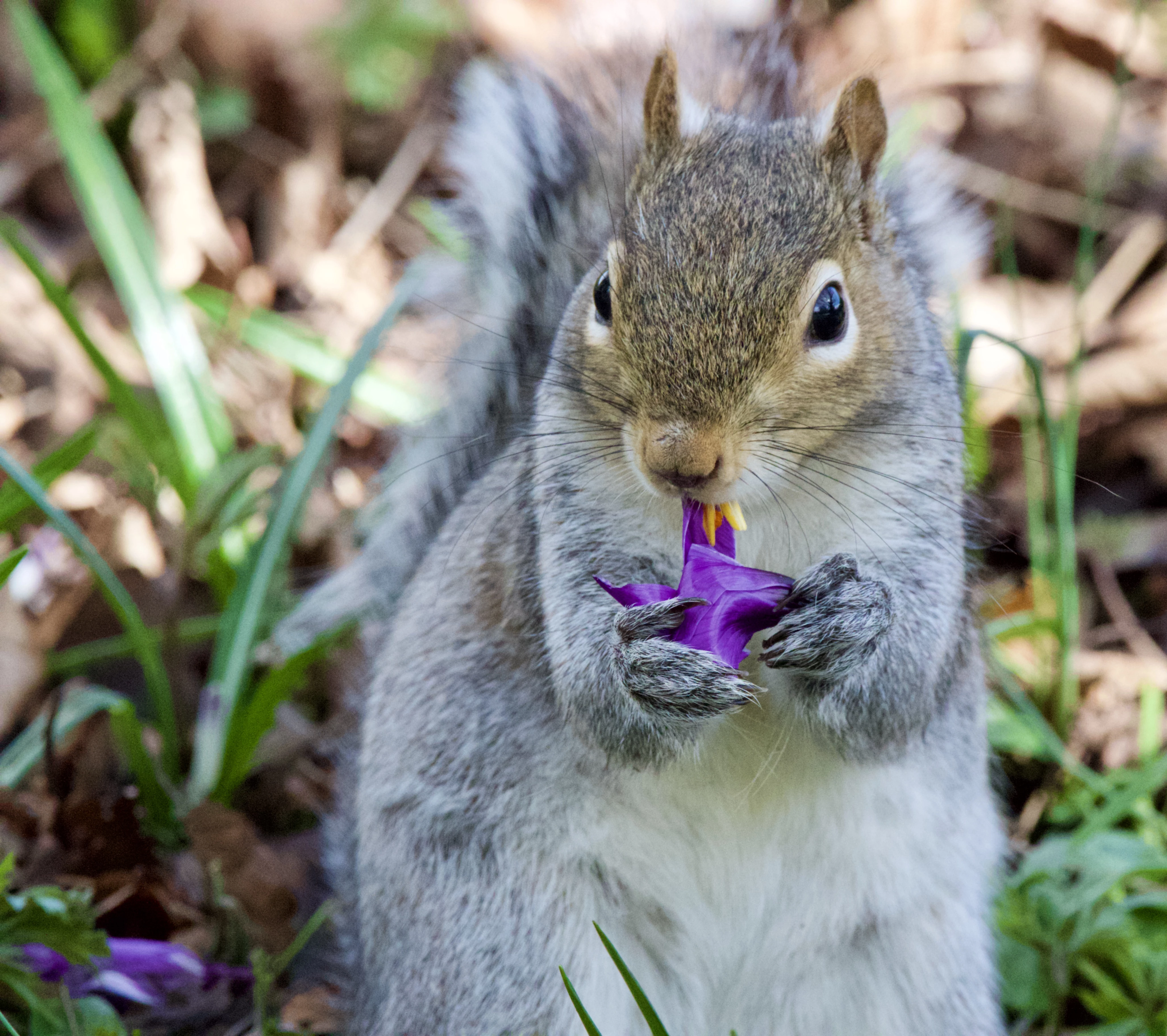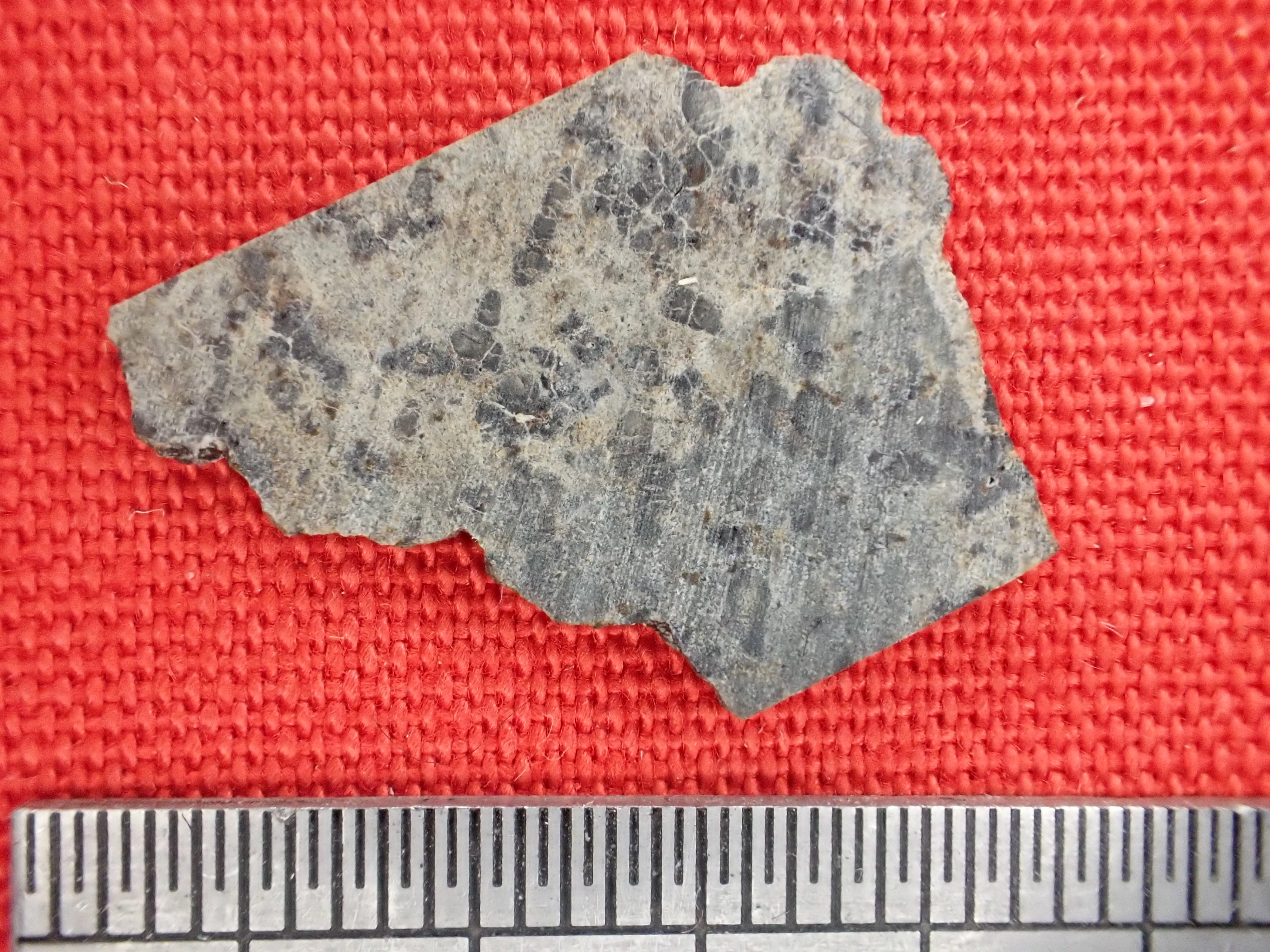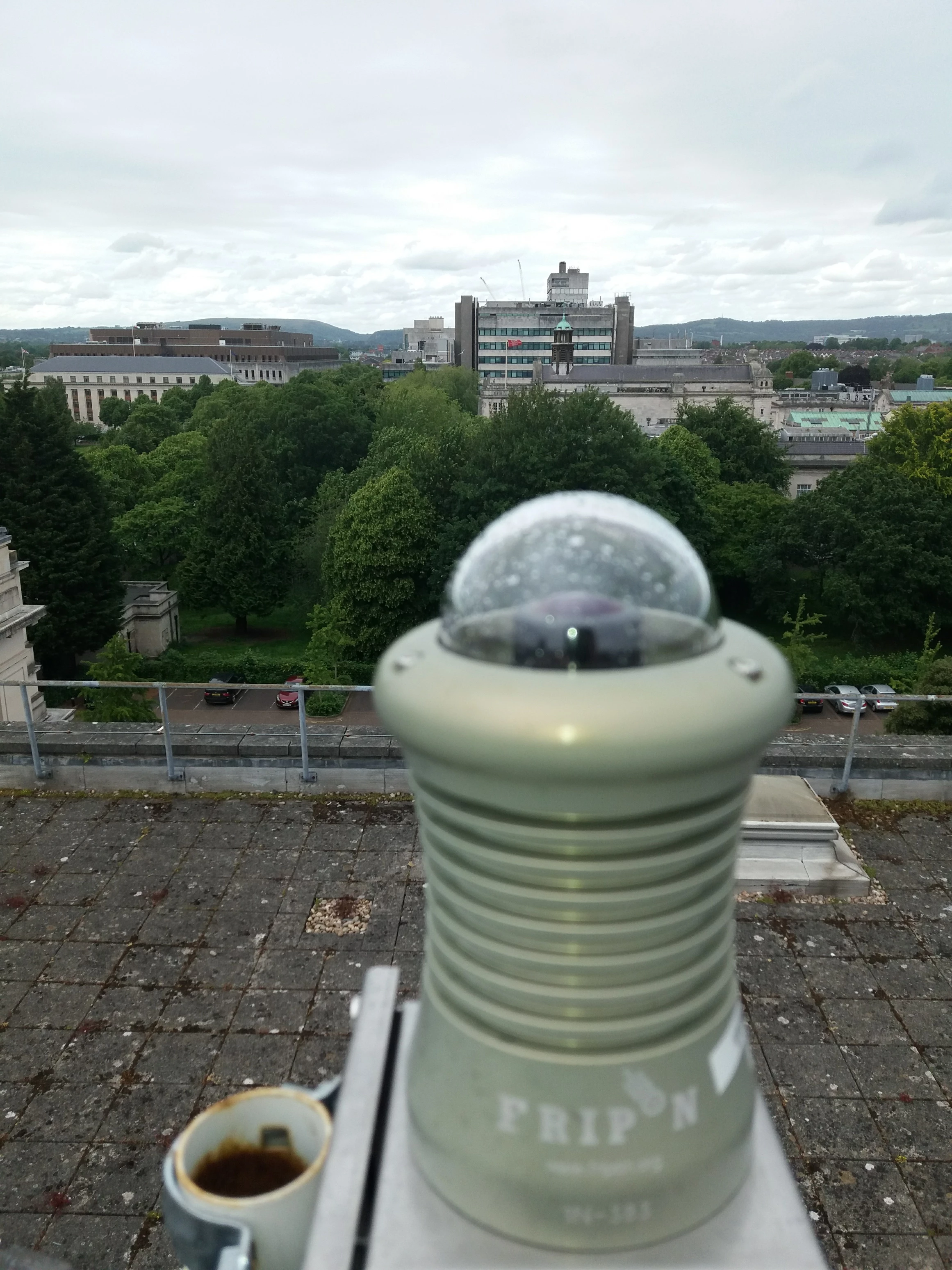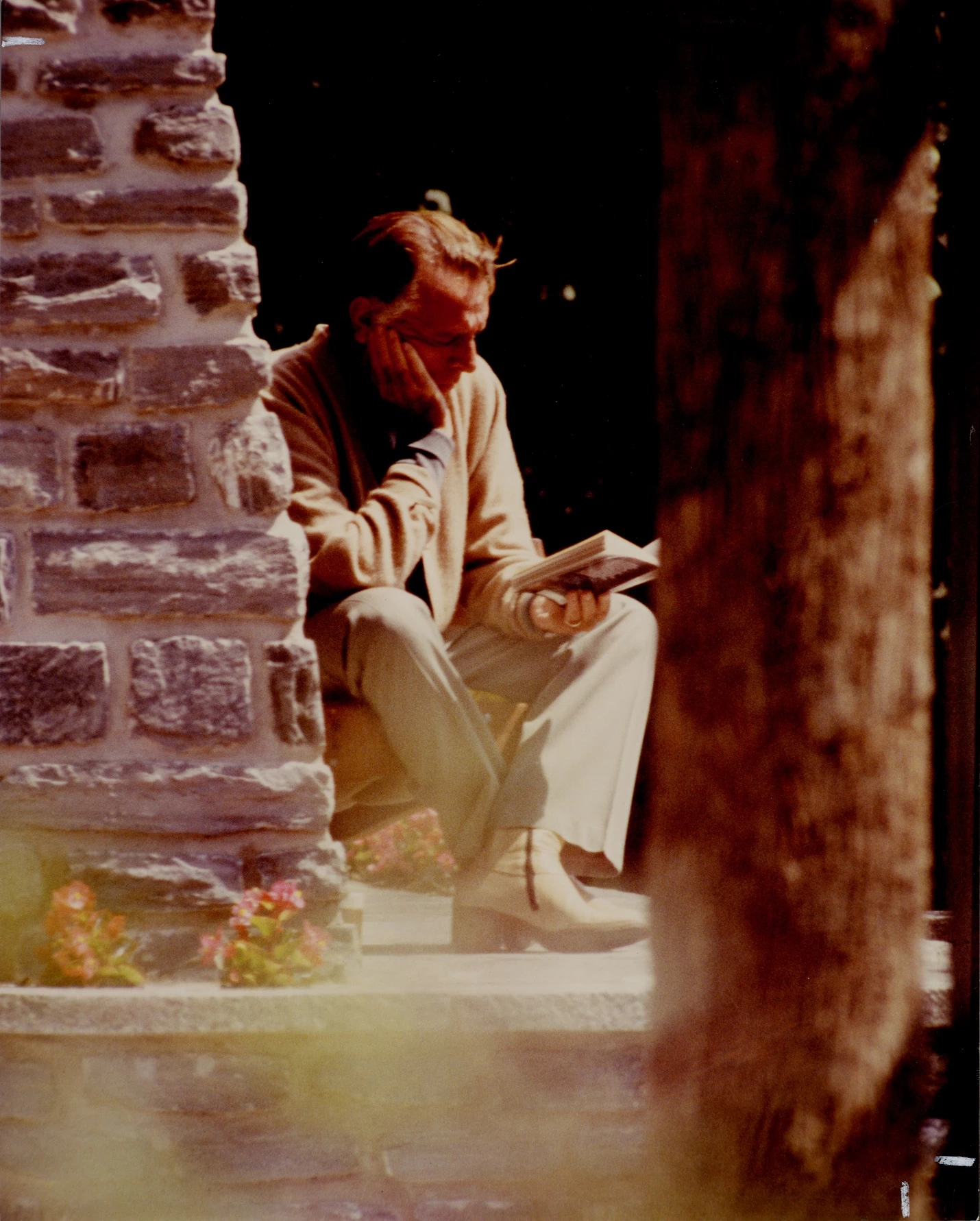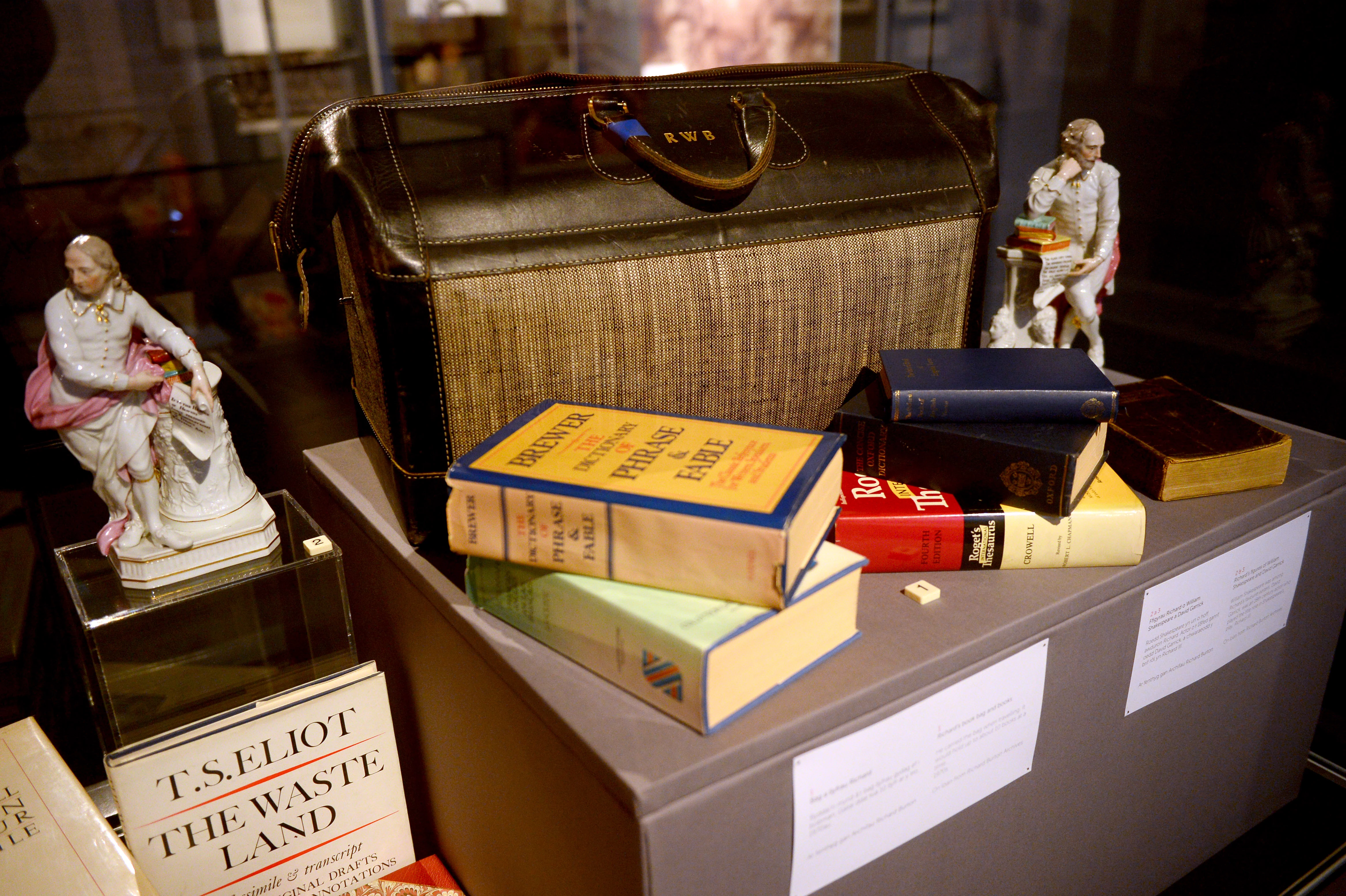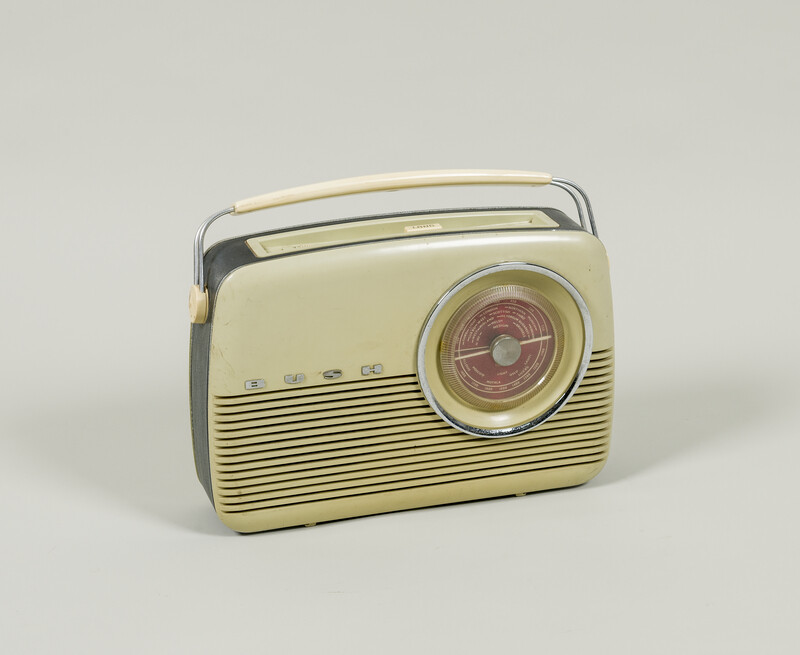Flower Power
, 25 March 2021
Hello again Bulb Buddies!
Lots of you have been in touch recently to let me know your Baby Bulbs have flowered which is wonderful news! There’s not long left to enter your flower data into the Spring Bulbs website if you haven’t already – the deadline is Friday April 2nd, which also happens to be Good Friday so you can enjoy a well-earned hot cross bun after entering your data! Please make sure your flower data is uploaded by this date for Bulb Buddies to receive their Super Scientist certificate!
Did you know you can leave me a comment when entering your flower and weather data into the website? I really enjoy hearing about your experiences caring for your Baby Bulbs so do keep them coming in via the comments section of the Spring Bulbs website or even on Twitter. Here are some of your comments over the past few weeks:
- “ When we have a sunny day the crocus flowers are open like stars” – Class 2, Coastlands Primary.
- “It’s been lovely to witness during our observations how the flower closes when it has been cold and then see the flower open when the sun has been out!” – Amy, Stanford in the Vale Primary.
Well spotted Bulb Buddies! Some flowers are quite delicate and will curl up to protect themselves from cold weather which could damage them. When temperatures rise they feel safe to “open like stars”!
Henllys CIW Primary have certainly had a mixed bag of daffodil results:
- “Mine was really tall” – Aneurin
- “Mine was really thin” – Emily
- “Mine was really good until the wind broke it” - Oliver
Oh dear, I’m sorry to hear that Oliver! We certainly had some strong winds earlier this month which can be dangerous for tall daffodils. It’s not your fault and you all did very well.
- “My bulb opened today, but something has been eating the petals. Quite a few of our bulbs were taken by squirrels in the autumn because we captured some of them doing it on our night vision camera!” – Alexandra, Livingston Village Primary School.
Sadly this isn’t the first time I’ve heard of bushy tailed bandits stealing bulbs and there are more comment from LVPS about animals stealing bulbs for a free meal. It’s easy to forget that plants are food for lots of creepy crawlies and other animals and at least you were able to provide a hungry animal with a meal. I can’t believe you caught them red handed! Do you have a photo you could share?
- “It appears our bulbs in the ground opened first during February and are a much bigger plants than those in the pots. We have thoroughly enjoyed this project and a special mention must go to Riley (an ex-student of the school) for helping Mrs Finney with the weather and rainfall observations during lockdown.” – Mrs. Finney, Stanford in the Vale Primary School.
How interesting - bulbs in the ground have more nutrients and space to grow than potted bulbs so they often flower sooner and can grow taller if sheltered from the wind. I’m thrilled to hear you’ve all enjoyed working on the project and what a fantastic effort from Riley! I read all your wonderful comments about the weather and gardening and thank you so much for helping Mrs. Finney with the project over lockdown, what an amazing Bulb Buddy you are!
This year has been tough for everyone but you’ve all done fantastically well and seeing so many beautiful blossoms is a testament to your hard work and dedication. Thank you so much again Bulb Buddies, teachers and parents! We’re hoping to open applications for the 2021 – 22 academic year soon after the Easter holidays so if you’ve enjoyed being Bulb Buddies this year you can have the chance to look after some new Baby Bulbs next year!
Happy Gardening!
Professor Plant.
